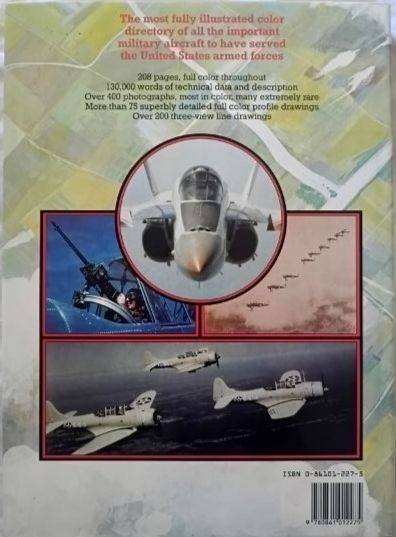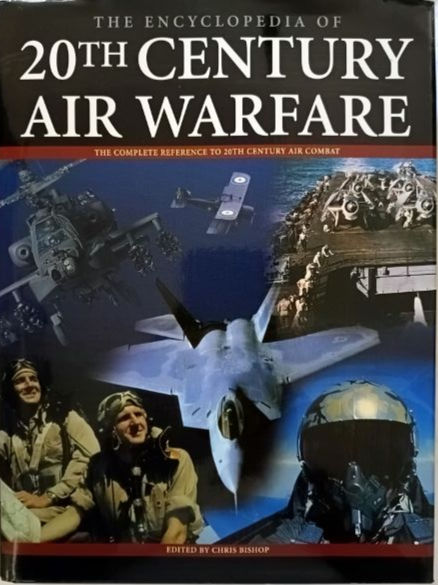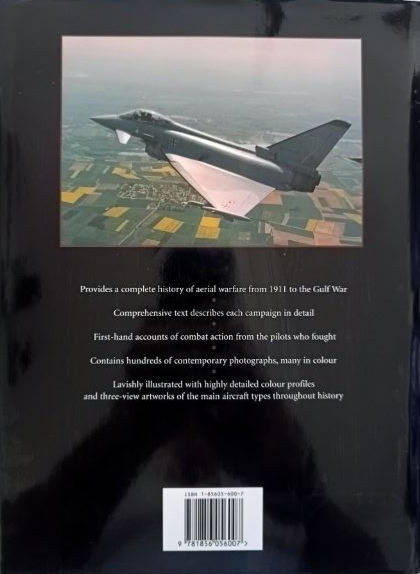Royal Commission On Australia's Security and Intelligence Agency: Report On The Sheraton Hotel Incident (1984)
On 30 November 1983, ASIS garnered unwanted negative attention when a training operation held at the Sheraton Hotel, now the Mercure (Spring Street), in Melbourne went wrong. The exercise was to be a mock surveillance and hostage rescue of foreign intelligence officers. In March 1983, ASIS had begun training a covert team of civilians at Swan Island in Victoria whose role was to protect or release Australians who may be threatened or captured by terrorists overseas. The military in 1981 had established a counter-terrorist unit for operations only in Australia. The personnel involved in the training operation included ten operators, four ASIS officers and six ASIS civilian trainees, and two commandos from the Army Reserve 1st Commando Regiment with only the sergeant participating as an observer in the hotel foyer.
The training operation involved junior officers who had undergone three weeks' prior training and who were given considerable leeway in planning and executing the operation. The mock hostage rescue was staged on the 10th floor of the hotel without the permission of the hotel's owner or staff. When ASIS operators were refused entry into a hotel room, they broke down the door with sledgehammers. The hotel manager, Nick Rice, was notified of a disturbance on the 10th floor by a hotel guest. When he went to investigate, he was forced back into the lift by an ASIS operator who rode the lift down to the ground floor and forcibly ejected Rice into the lobby. Believing a robbery was in progress, Rice called the police. When the lift started returning to the ground floor, ASIS operators emerged wearing masks and openly brandishing 9mm Browning pistols and Heckler & Koch MP5 submachine guns, two of them with silencers. They forced their way through the lobby to the kitchen, where two getaway cars were waiting outside the kitchen door. Police stopped one of the cars and arrested the occupants – two ASIS officers and three ASIS civilian trainees – who refused to produce any form of identification.
Within two days, the minister for foreign affairs, Bill Hayden announced that an "immediate and full" investigation would be conducted under the auspices of the second Hope Royal Commission, which was still in progress. A report was prepared and tabled by February 1984. It described the exercise as being "poorly planned, poorly supervised and poorly run", and recommended that measures be taken in training to improve planning and eliminate adverse impacts on the public.
Victoria Police conducted their own investigation but were frustrated because ASIS Director-General John Ryan refused to cooperate. Bill Hayden offered to provide the real names of the seven officers involved, in confidence. Premier of Victoria John Cain told Hayden that "as far as the police were concerned, there was no such thing as information in confidence".
Following the incident, The Sunday Age disclosed the names, or the assumed names, of five of the operators involved. The journalist noted that "according to legal advice taken by The Sunday Age there is no provision that prevents the naming of an ASIS agent". Although not included within the public version of the report, the Hope Royal Commission prepared an appendix that would appear to have dealt with the security and foreign relations consequences of The Sunday Age's disclosure of participants' names. Subsequently, in A v Hayden, the High Court held that the Commonwealth owed no enforceable duty to ASIS officers to maintain confidentiality of their names or activities.
At the time of the Sheraton Hotel incident, the extant Ministerial Directive permitted ASIS to undertake "covert action", including "special operations" which, roughly described, comprised "unorthodox, possibly para-military activity, designed to be used in case of war or some other crisis". Following the incident and the recommendations of the Royal Commission, the covert action function was apparently abolished. The functions of ASIS can be found in section 6 of the Intelligence Services Act, as can those functions which are proscribed by the act.
Ultimately, in executing the operation, the operators were found to have used considerable force, menacing a number of the staff and guests with weapons and physically assaulting the hotel manager. Hope found Ryan to be at fault for authorising the training operation in a public place using concealed weapons. Ryan resigned in February 1984. Hope said it was not part of his terms of reference to make findings or recommendations on whether any individual had committed any offence. However, he did note that the individuals could potentially be prosecuted by the State of Victoria with a long list of criminal offences, including possession of firearms without a licence, possession of prohibited implements (including machine guns, silencers and housebreaking tools), aggravated burglary in possession of a firearm, common assault, wilful damage to property, possession of a disguise without lawful excuse and numerous motor vehicle offences. More than a year after the raid, the Victorian Director of Public Prosecutions concluded that while certain offences had been committed, including criminal damage and assault with a weapon, there was insufficient evidence to charge any person with a specific offence.
Victorian Holdings Ltd, the company managing the hotel, subsequently took legal action against the Commonwealth on behalf of itself and 14 hotel staff. The matter was settled out of court; the hotel was offered $300,000 in damages. The total payout to the hotel and staff was $365,400.
- Soft Cover
- 81 pages
- In Good Condition
































